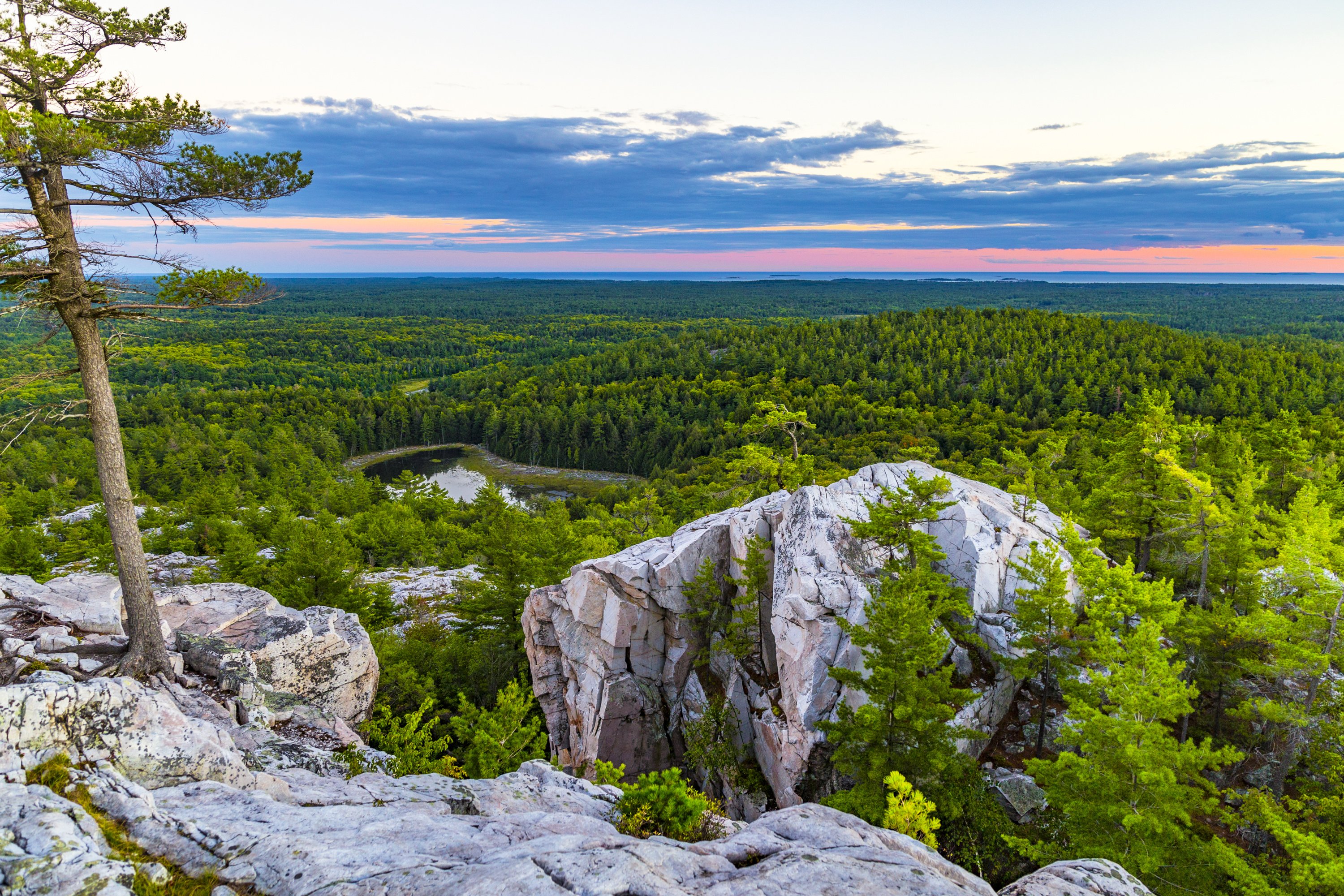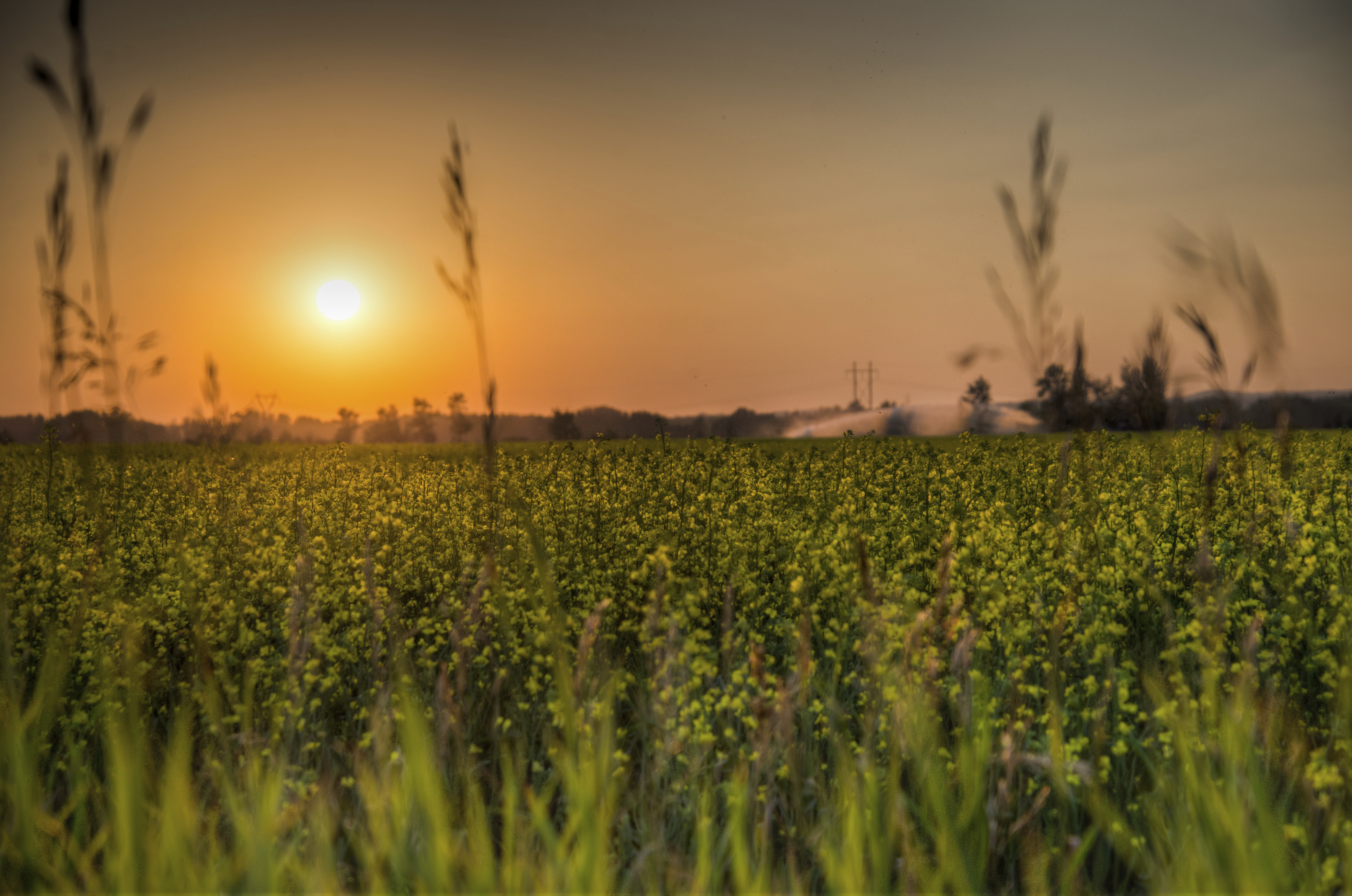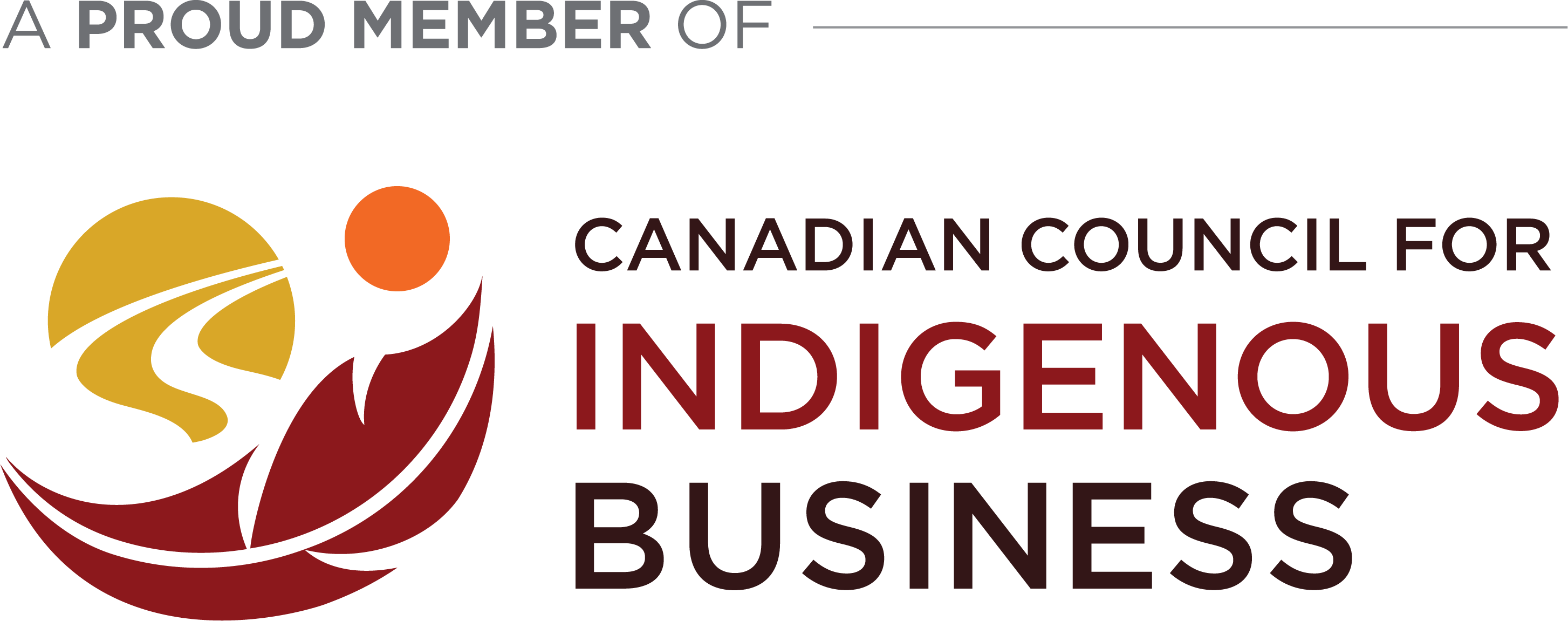Five years after the first large-scale restoration project of its kind, Silvacom and project partners set out to quantify the additional benefits of linear restoration of legacy seismic lines.
This project was supported by Alberta Innovates through the EcoServices Network which exists to advance Alberta’s knowledge surrounding ecosystem services and biodiversity and the use of market-based approaches to enhance land management.
The project kicked off with a proof of concept pilot project phase, designed to assess the benefits derived from linear restoration in species at risk habitat. The findings of the pilot suggested that there were additional benefits to be gained, sparking further interest in understanding how to quantify these benefits in a repeatable, transferable way.
Over the following years, we worked to develop a repeatable, transferable and implementable approach to evaluating the net benefits of restoration activities in the boreal region. The results of the project indicated that linear restoration provides several benefits including the provision of timber supply, carbon sequestration and cultural and traditional use services related to functional caribou habitat. Additional measured ecosystem services like water quality, biodiversity intactness and hunting success related to moose habitat could also benefit from the combined restoration of legacy linear and non-linear footprint (e.g. orphaned wells) in key areas.
Why Does This Matter?
We know that large-scale restoration requires significant investment and presents many tactical challenges to implementation, including the relevance to caribou, accessibility of an area, existing natural regeneration, forest harvest plans, future oil and gas development, and so on. This project helped identify how ecosystem service concepts can support prioritizing areas for restoration which can help focus restoration efforts and investments in high-value areas that are important to Albertans.
The Draft Provincial Woodland Caribou Range Plan has also been designed for a working landscape where the land is managed for multiple environmental, social and economic objectives signalling that restoration program design could be augmented with a multi-value, ecosystem service approach. To-date, there have been a few initiatives launched to prioritize areas for restoration with a primary focus on caribou habitat. As part of this project, Silvacom applied an ecosystem services approach to developing a decision support layer of all seismic lines within caribou ranges in the province to further aid restoration program design.
There is still work to be done to understand the limitation of modeling approaches, including model inputs, the model being used, and the results when quantifying ecosystem service benefits. To do this, long-term monitoring of restoration projects will be essential.
Large-scale restoration is needed to increase the probability of caribou herd survival in the province, as outlined in the Draft Provincial Woodland Caribou Range Plan. Understanding the additional benefits of restoration, above and beyond improved species at risk habitat may aid decision making in scaling up linear restoration in caribou ranges across the province
For additional reading specifically related to this project, please download the Executive Report. For more information on the Algar project or quantifying ecosystem service benefits, please contact us or refer to the ESBN toolkit for further reading.
Acknowledgments
This project would not be a success without the cross-sector support and collaboration of many organizations. A special thank-you to our advisory committee member-groups:
- The Association of Alberta Conservation Offsets (AACO)
- Alberta Environment and Parks
- Alberta Biodiversity Monitoring Institute
- Alberta Innovates
- Alberta-Pacific Forest Industries (Alpac)
- Avelyn Nicol (General Public Representative)
- InnoTech Alberta
- Daishowa-Marubeni International (DMI)
- Devon Energy
- The Land Use Secretariat
- Nexen Energy ULC
- Pembina Institute
- Shell Canada
- The University of Alberta
In addition, we thank Alberta Innovates and InnoTech Alberta for contributing funding for the research project and the Algar Caribou Habitat Restoration Project funders for providing a linear restoration case study.
Lastly, the project team partners were an integral part of meeting project objectives:
- Alberta Biodiversity Monitoring Institute (ABMI)
- Alberta Environment and Parks
- InnoTech Alberta
- Silvacom






